One of the CMH's priorities is to provide, via the internet, access to the vast body of data collected by its research projects and also electronic versions of out-of-print publications. Currently available are:
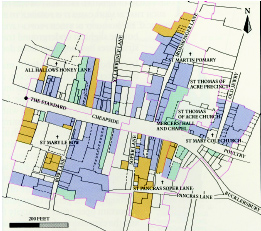 Historical gazetteer of London before the Great Fire: Cheapside
Historical gazetteer of London before the Great Fire: Cheapside
Detailed property histories for five parishes (All Hallows Honey Lane, St Martin Pomary, St Mary le Bow, St Mary Colechurch and St Pancras Soper Lane) in the central Cheapside area of London, from the 12th to the late 17th century.
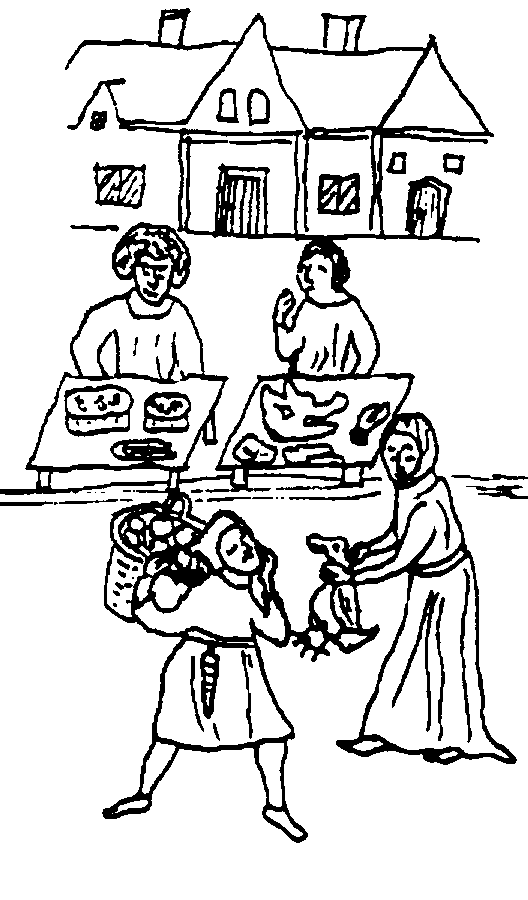 Gazetteer of markets and fairs in England and Wales to 1516
Gazetteer of markets and fairs in England and Wales to 1516
The Gazetteer is a catalogue of the markets and fairs in England and Wales between c.900 and 1516 and provides systematic information regarding their establishment and operation. It lists, for England, over 2,250 places with a market and/or a fair, with details of more than 2,400 markets and nearly 2,800 fairs. For Wales, there are entries for 141 places, 138 markets and 166 fairs.
Records of London's Livery Companies Online (ROLLCO): Apprentices and Freemen 1400-1900
ROLLCO has been established to create a fully searchable and freely accessible online database of membership information for the City of London's Livery Companies, from their earliest surviving records to c.1900. The records of membership held by the Livery Companies constitute a richly detailed resource which can be used in wide range of historical and genealogical research, from the identification of networks of individuals through to an analysis of a variety of broad social and economic trends. Currently, the database includes information about apprenticeship bindings and freedom admissions for ten of London's Livery Companies (The Bowyers' Company, The Clothworkers' Company, The Drapers' Company, The Founders’ Company, The Girdlers' Company, The Goldsmiths' Company, The Mercers' Company, The Musicians' Company, The Salters' Company, and The Tallow Chandlers' Company), and over 360,000 records of named individuals.
Views of Hosts: reporting the alien commodity trade, 1440-45
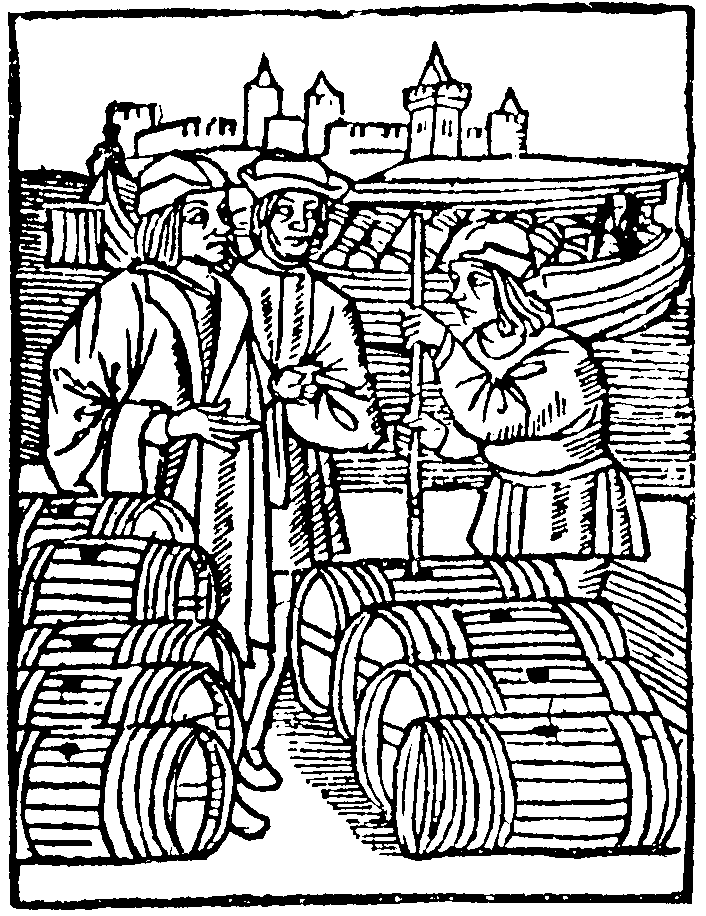
The 'Views of Hosts' were a series of records produced in response to a statute of 1439 which required that money made by non-English, or 'alien', merchants from sales of imports must be entirely expended on English goods for export. The merchants had to make full disclosure of their daily business activities to English hosts, who returned the information to the Exchequer. There are 70 surviving returns covering both itinerant and resident traders. These include the names of all their business contacts and the details and prices of goods they traded. Sometimes their commercial costs and living expenses are also included. The transcripts of the Anglo-Norman and Latin originals and a database of the information contained in the Views are now downloadable from the School of Advanced Studies digital repository, SAS-Space.
People, Property and Charity: The Clothworkers' Company 1500-1688
'People, Property and Charity' provides the first detailed history of the benefactors, property acquisitions, general bequests and charitable activity of The Clothworkers’ Company in the City of London, one of the twelve Great Livery Companies, from the late fifteenth century through to the end of the seventeenth century. It includes: biographies of the property benefactors of the Company and identifies other benefactors and their bequests, including monies, silver and plate; property histories for the major landholdings granted to the Company by their benefactors, which offer the first overview of the management of the properties by the Company; and details of the charities of The Clothworkers’ Company. Benefaction to the Company was often accompanied by specific instructions to use the income generated from the properties for charitable uses in the City of London and further afield. The website provides an overview of this charitable activity on the part of The Clothworkers’ Company.
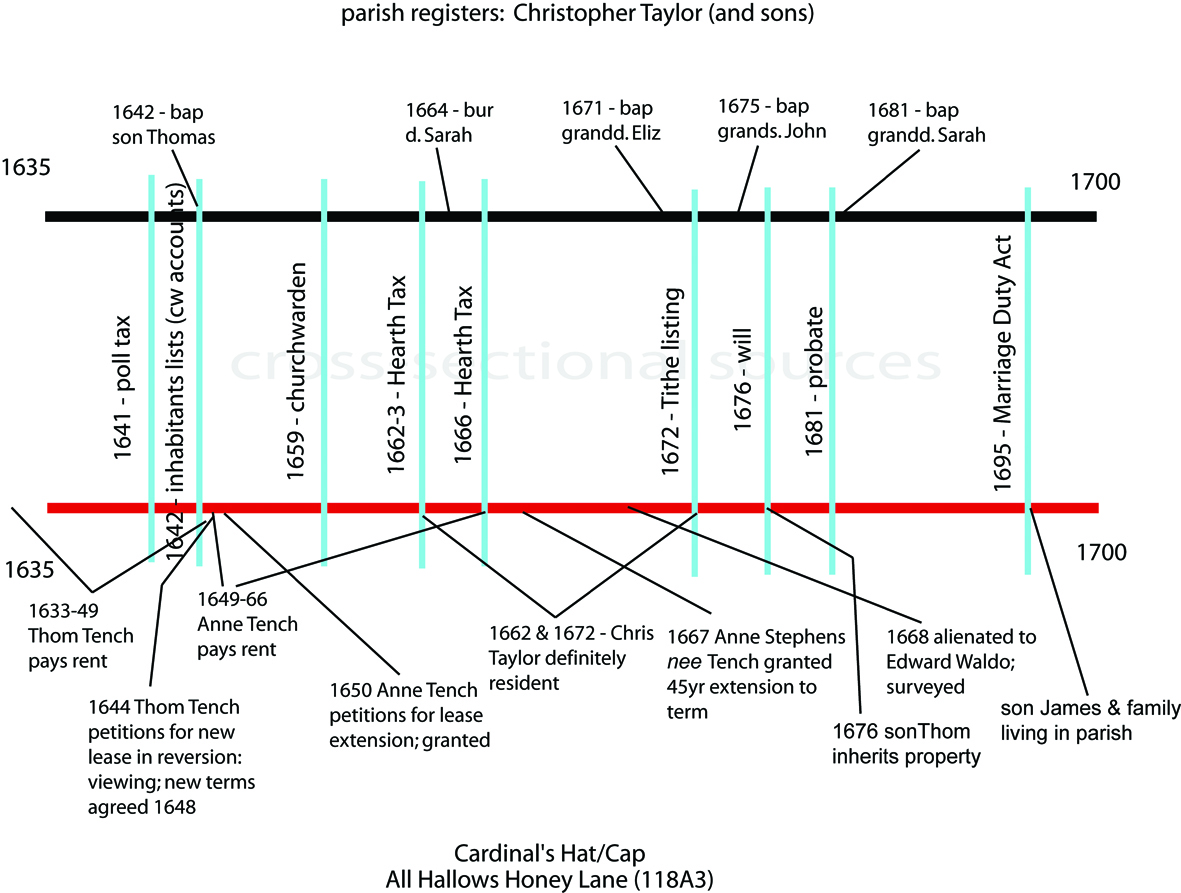 People in Place: families, households and housing in early modern London
People in Place: families, households and housing in early modern London
This AHRC-funded project examined the crucial role of family and household in the social and economic transformations that took place in London in the sixteenth and seventeenth centuries. The project combined the established methodologies of family reconstitution and associated nominative linkage with the reconstruction of London property histories to analyse the dense matrix of families, households, properties, and buildings in three contrasting areas of London (Cheapside, Aldgate, Clerkenwell) in the period c.1540-1710. The website provides a portal to detailed information on the project, its findings and datasets. A printed pamphlet is also available from the Centre.
Locating London's Past

Funded by JISC and a partnership between the CMH and the Universities of Sheffield and Hertfordshire, 'Locating London's Past' enables users to search a wide body of digital resources relating to early modern and eighteenth-century London, and to map the results on to a fully GIS compliant version of John Rocque's 1746 map of London. Records of crime, poor relief, taxation, elections, local administration, plague deaths and archaeological finds can all be searched and mapped. Building on the Rocque map, 'Locating London's Past' also allows users to relate the eighteenth-century representation of the metropolis to the first accurate OS map of London (1869-80), and to a modern Google Maps environment.
The jobbing system of the London Stock Exchange: an oral history
'Big Bang' in October 1986 signalled the end of single capacity among members of the Stock Exchange and thus the end of the historic jobbing system. This system had evolved in to a recognizably modern form during the course of the nineteenth century, as the range of securities dealt in broadened. At least half the members of the Stock Exchange began to specialise in providing a continuous market in one of the leading types of these securities. The distinction between these market-makers, or jobbers, and the brokers who dealt with them on behalf of the public was a clear-cut one, but was based essentially on custom until 1909, when single capacity was formally embodied in the Stock Exchange rules. By 1914 there were over 600 jobbing firms in existence as well as many one-man jobbing operations. These numbers then steadily declined as the institutional investor supplanted the private one, and the scale of jobbing capital required increased dramatically. By the eve of 'Big Bang' there were only five major jobbing firms on the floor of the Stock Exchange. Unfortunately firms of jobbers have left few, if any, records of their affairs. With this in mind an archive of interviews with former jobbers has been compiled to serve as a permanent record of the last half-century of a distinctive part of the financial life of the City. These interviews can be accessed via the School of Advanced Study's e-repository.
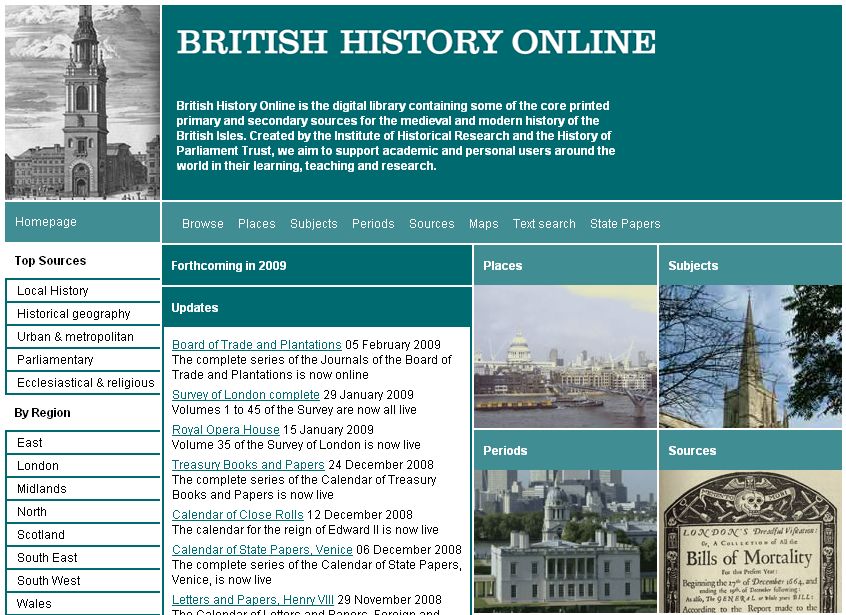 British History Online
British History Online
The CMH is a partner in this digitisation project, begun in December 2002, in collaboration with the Victoria County History, the History of Parliament, and outside agencies such as The National Archives, the London Record Society and English Heritage. Its aim is to aid scholarship in the humanities by digitising interconnected sets of historical material and making them available online. Many CMH resources are already available, including the Cheapside Gazetteer and taxation data from the 1690s.
Register of research in progress
The Centre maintains a register of current work being undertaken on the history of London. If you would like your research topic to be added to the list, please email ihrcmh@sas.ac.uk
Out-of-print publications
 Epidemic Disease in London (ed. J.A.I. Champion): a collection of six papers on epidemic disease from Black Death to cholera.
Epidemic Disease in London (ed. J.A.I. Champion): a collection of six papers on epidemic disease from Black Death to cholera.
 Trade, urban hinterlands and market integration c.1300-1600 (Ed. James A. Galloway): a collection of essays which assess urban impact upon the organisation and stability of regional markets.
Trade, urban hinterlands and market integration c.1300-1600 (Ed. James A. Galloway): a collection of essays which assess urban impact upon the organisation and stability of regional markets.

